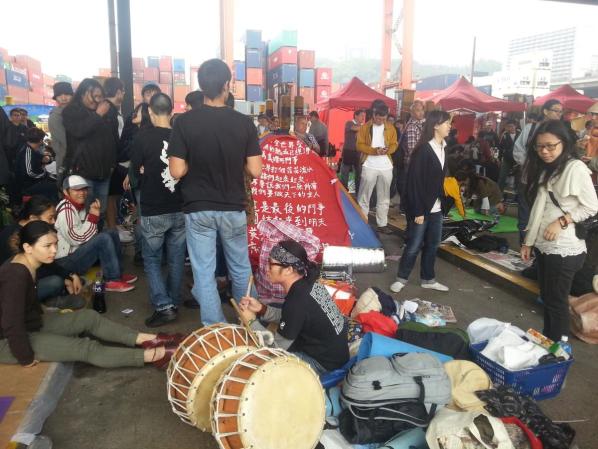
On 17 June, the Shengguang Group mask factory in Pingdingshan, Henan, suddenly closed, leaving workers stranded. Five days later, another Shengguang factory in nearby Xinyang also closed down, and the boss disappeared. Employees at both factories staged protests demanding payment of their wages in arrears.
The Shengguang workers were not alone. China Labour Bulletin’s Strike Map has recorded nine strikes and protests related to closures and wage arrears at nine different mask factories since the beginning of May. The most recent incident occurred on 29 June in Zhangjiagang in Jiangsu. Four of the nine incidents were clustered in the traditional manufacturing centre of Jiangsu, just north of Shanghai.
Such was the demand for face masks in China during the early stages of the Covid-19 pandemic that the daily production of N95 masks increased from 130,000 in early February to 5.86 million at the end of April, and non-N95 mask production shot up from five million a day to 200 million. More than 76,000 new mask factories were registered in the first half of 2020.
As the pandemic subsided, however, China suddenly had excess production capacity. The unit price of masks plummeted and factories were saddled with large inventories. Moreover, many hastily retooled production lines produced substandard masks that were subsequently returned to the manufacturer.
In the case of the Shengguang factories, both the local governments and the Ministry of Industry and Information in Beijing helped this private enterprise to boost production from 300,000 masks per day to about six million each day. This was despite allegations from workers that the boss was unreliable and had in fact run off before leaving staff unpaid.
The number of daily shifts increased from just one to four, and workers said that managers at the Pingdingshan factory recruited contractors who brought in their own mask machines to set up production in an old warehouse. Not only did this produce poor quality masks, but also it meant that work safety standards were severely compromised.
Salaries at the Shengguang Group's factories in Henan were also very low. Workers needed to produce 3,000 N95 masks each month to receive a basic salary of 2,800 yuan. The commission for the day shift was about 0.02 yuan per piece, and the night shift was 0.03 yuan. But workers producing disposable masks did not even have a basic salary and were paid by piece rate alone.
Meanwhile, what was the trade union doing during all of this turmoil? CLB staff telephoned local trade union officials in Xinyang who said they had visited the factory and were “still studying the situation.” At a mask factory in Lianshui county, Jiangsu, where workers staged a sit-in protest on 21 May, it was the local police who intervened in an attempt to resolve the wage arrears issue. The local trade union was nowhere to be seen. When we called the Lianshui county union, staff said they were “unclear” about the incident.
For more information about the role of the trade union in China during the pandemic, please see our earlier articles, China’s trade unions caught in the headlights of the coronavirus crisis and A trade union in lockdown, which investigated the activities of trade unions in Wuhan during the city’s 76-day lockdown.
And for more details on this story and links to the Chinese-language news reports, please see our Chinese-language newsletter 口罩行业生产过剩工厂倒闭跑路 工人讨薪工会未见踪影.
